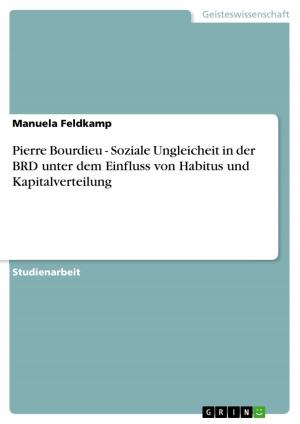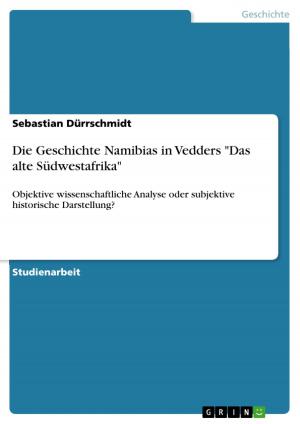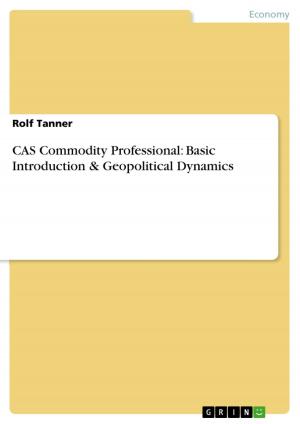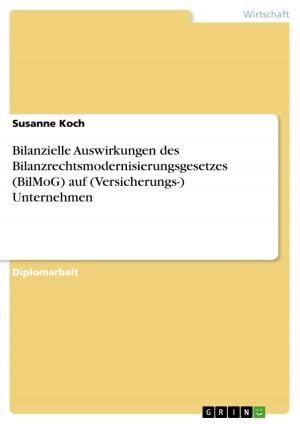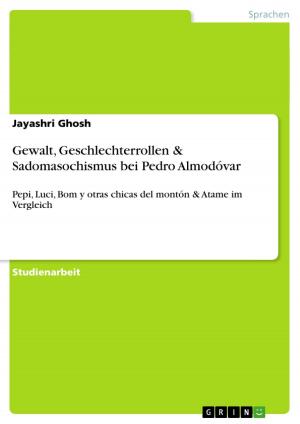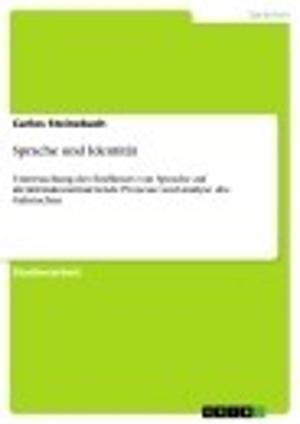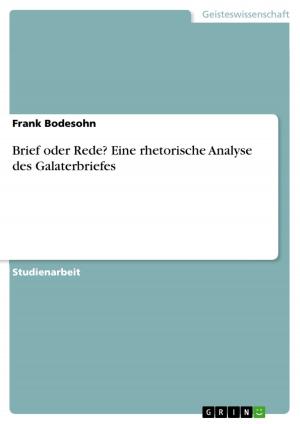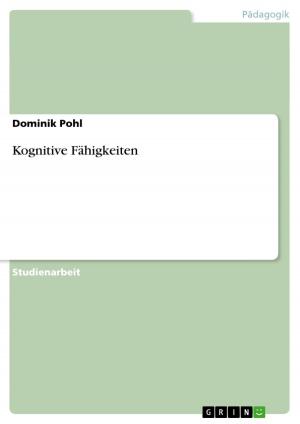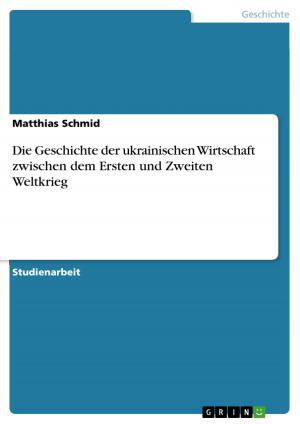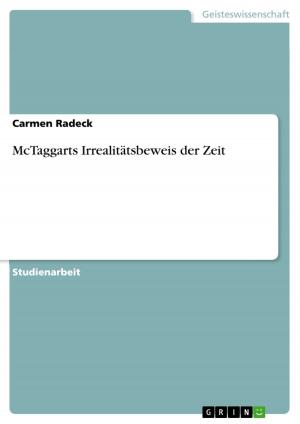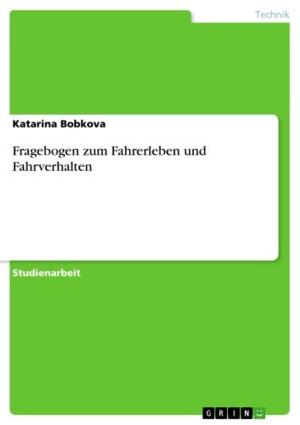Assessment of Forest condition at SUA-Kitulangalo forest reserve in Tanzania Miombo Woodland
Nonfiction, Science & Nature, Technology, Agriculture & Animal Husbandry| Author: | Paulo Lyimo, Salim Shaaban | ISBN: | 9783656885344 |
| Publisher: | GRIN Verlag | Publication: | January 28, 2015 |
| Imprint: | GRIN Verlag | Language: | English |
| Author: | Paulo Lyimo, Salim Shaaban |
| ISBN: | 9783656885344 |
| Publisher: | GRIN Verlag |
| Publication: | January 28, 2015 |
| Imprint: | GRIN Verlag |
| Language: | English |
Research Paper (undergraduate) from the year 2015 in the subject Agrarian Studies, , course: BSc. forestry, language: English, abstract: There is high deforestation and forest degradation estimated to be 400,000ha per annum between 1990 and 2013 in Tanzania forests. This is due to the increase in wood demand for energy and for industrial raw materials. The study was conducted to assess forest condition of Sokoine University of Agriculture - Kitulangalo Forest Reserve (SUA KFR). A total of 52 nested circular plots with radii of 2, 5, 10, and 15 m were used to collect data such as diameter at breast height (DBH), height and number of regenerants. Parameters computed for data analsysis were stem per ha (N), number of regenerants, dominant tree species, exotic species, basal area per ha (G) and volume (standing and removed) per ha (V). A total of 71 tree species were identified and recorded during inventory, the average 995±256 stems/ha of different tree species of various DBH class, the average basal area per ha, G=7.961268±0.8 m2/ha and the mean standing total volume, 54.72914±11.3 m3/ha were also computed. The mean total volume removed is 0.58 m3 per ha which is very small compared to stocking. The dominant tree (richness) species includes Julbernardia globiflora (17%), Brachystegia speciformis (8%), Acacia nigrescens (7%), Acacia robusta (6%), Albizzia harveyi (5%), Scierocaryabirrea spp/ Caffra (5%) and others i.e total of all <5% (52%). The conducted inventory shown that there is an average of 6121±2777regenerants per ha. Only Senna siamea was identified as exotic species which planted beside the forest boundary as a demarcation. In general, forest structure parameters indicate that SUA KFR is in a good condition as have high species richness and stem density per ha. We recommend more research on assessing forest condition in other forests in order to be aware with their status and look forward for the proper management measures.
Research Paper (undergraduate) from the year 2015 in the subject Agrarian Studies, , course: BSc. forestry, language: English, abstract: There is high deforestation and forest degradation estimated to be 400,000ha per annum between 1990 and 2013 in Tanzania forests. This is due to the increase in wood demand for energy and for industrial raw materials. The study was conducted to assess forest condition of Sokoine University of Agriculture - Kitulangalo Forest Reserve (SUA KFR). A total of 52 nested circular plots with radii of 2, 5, 10, and 15 m were used to collect data such as diameter at breast height (DBH), height and number of regenerants. Parameters computed for data analsysis were stem per ha (N), number of regenerants, dominant tree species, exotic species, basal area per ha (G) and volume (standing and removed) per ha (V). A total of 71 tree species were identified and recorded during inventory, the average 995±256 stems/ha of different tree species of various DBH class, the average basal area per ha, G=7.961268±0.8 m2/ha and the mean standing total volume, 54.72914±11.3 m3/ha were also computed. The mean total volume removed is 0.58 m3 per ha which is very small compared to stocking. The dominant tree (richness) species includes Julbernardia globiflora (17%), Brachystegia speciformis (8%), Acacia nigrescens (7%), Acacia robusta (6%), Albizzia harveyi (5%), Scierocaryabirrea spp/ Caffra (5%) and others i.e total of all <5% (52%). The conducted inventory shown that there is an average of 6121±2777regenerants per ha. Only Senna siamea was identified as exotic species which planted beside the forest boundary as a demarcation. In general, forest structure parameters indicate that SUA KFR is in a good condition as have high species richness and stem density per ha. We recommend more research on assessing forest condition in other forests in order to be aware with their status and look forward for the proper management measures.


